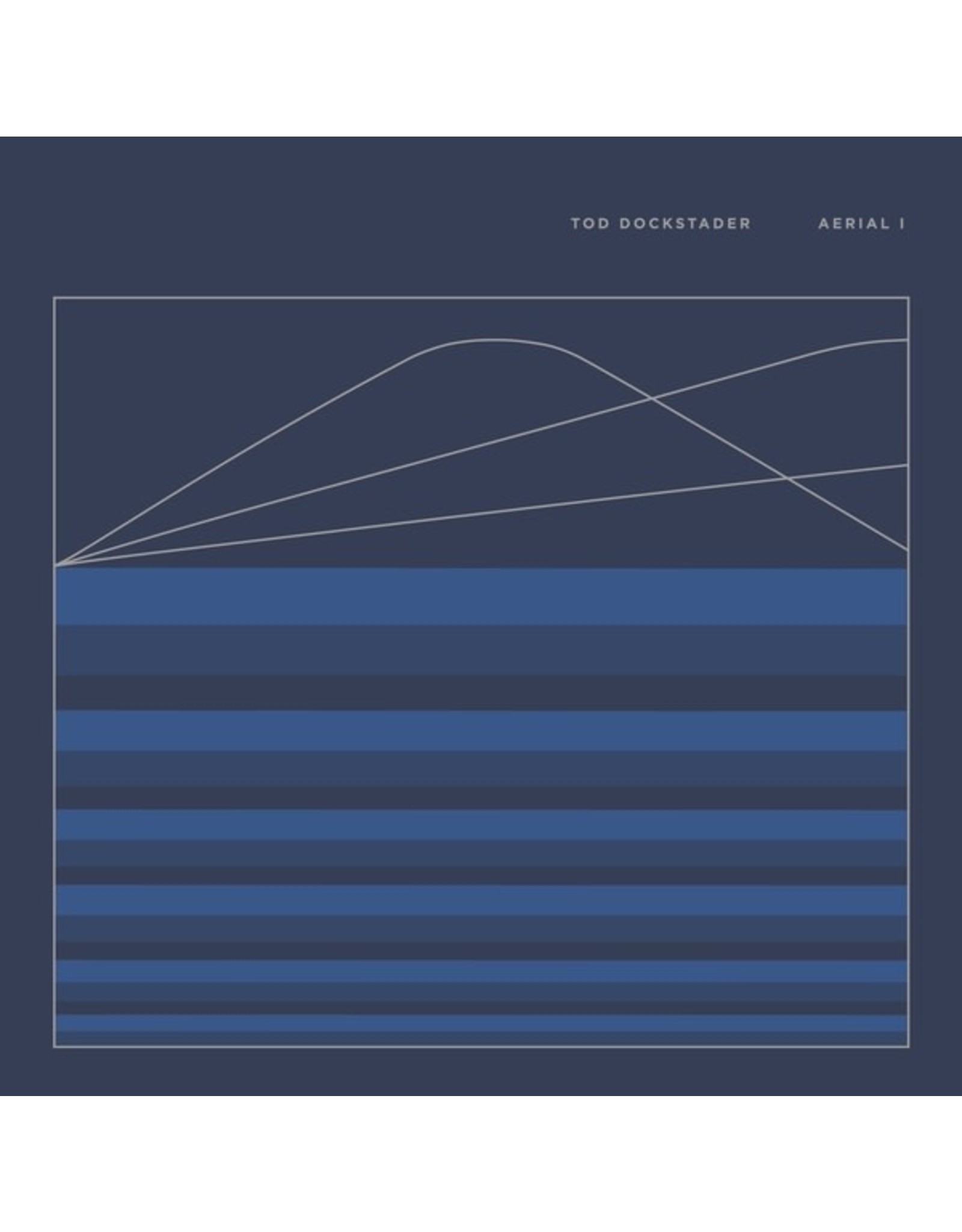Dockstader, Tod: Aerial 1 2LP
| Availability: | In stock |
Tod Dockstader's Aerial series, an electronic/drone masterpiece, is cherished among fans of the artist's work. 15 years in the making, the Aerial series is sourced from his life-long passion for shortwave radio. Dockstader collected over 90 hours of recordings, made at night, and comprised of cross signals and fragments plucked from the atmosphere. Opening with airwave drones, Dockstader gradually allows elements to slowly come and go, summoning an ominous atmosphere of ethereal clouds. Malignant placidity continues, giving the feeling of eavesdropping upon late-night audio activity not unlike discovering number stations while sweeping the dials. Backward voices, deep echoing choruses of conversations flowing under the surface, ocean sounds, pulsing electro-rhythms, all seem to be created via the collaging of many hours of source recordings. A masterwork of collage and juxtaposition by an overlooked pioneer of American electronic music. Artwork by John Brien. Audiophile quality double-LP; edition of 500. Dockstader on the Aerial project (September 14, 2003): "I've written before of my interest in shortwave radio, in the notes to the Quatermass CD (SR 233CD). Also, in the notes to the Omniphony CD (which has my first 'Aerial' mix, 'Past Prelude,' in it), I mentioned 'The Aerial Etudes,' which was my working title for what became the three CDs you have. And, at the end of an interview with Chris Cutler (which can be found in the 'Unofficial TD Website'), the piece I mentioned I was starting to work on at the time became Aerial). When I was very young, people got most of their entertainment from radio. They called it 'playing the radio,' as if it were a musical instrument. That's what I've tried to do in this piece. About this time, a few people encouraged me to look into using a computer for this work. I'd never used one, but I saw it would allow me to keep my mixes digital -- no more transfer losses. So, at the end of 2001, I got a computer and an editing program for it, and spent what seemed a long time learning it. I began selecting mixes and loading them into the computer in late March, 2002. Out of the 580, I selected 90 'best' mixes -- eventually reduced to 59, the ones on the CDs. Finally, in assembling the CDs, I followed David Myers' suggestion to allow each piece to flow into the next -- making a continuous journey to the end."


